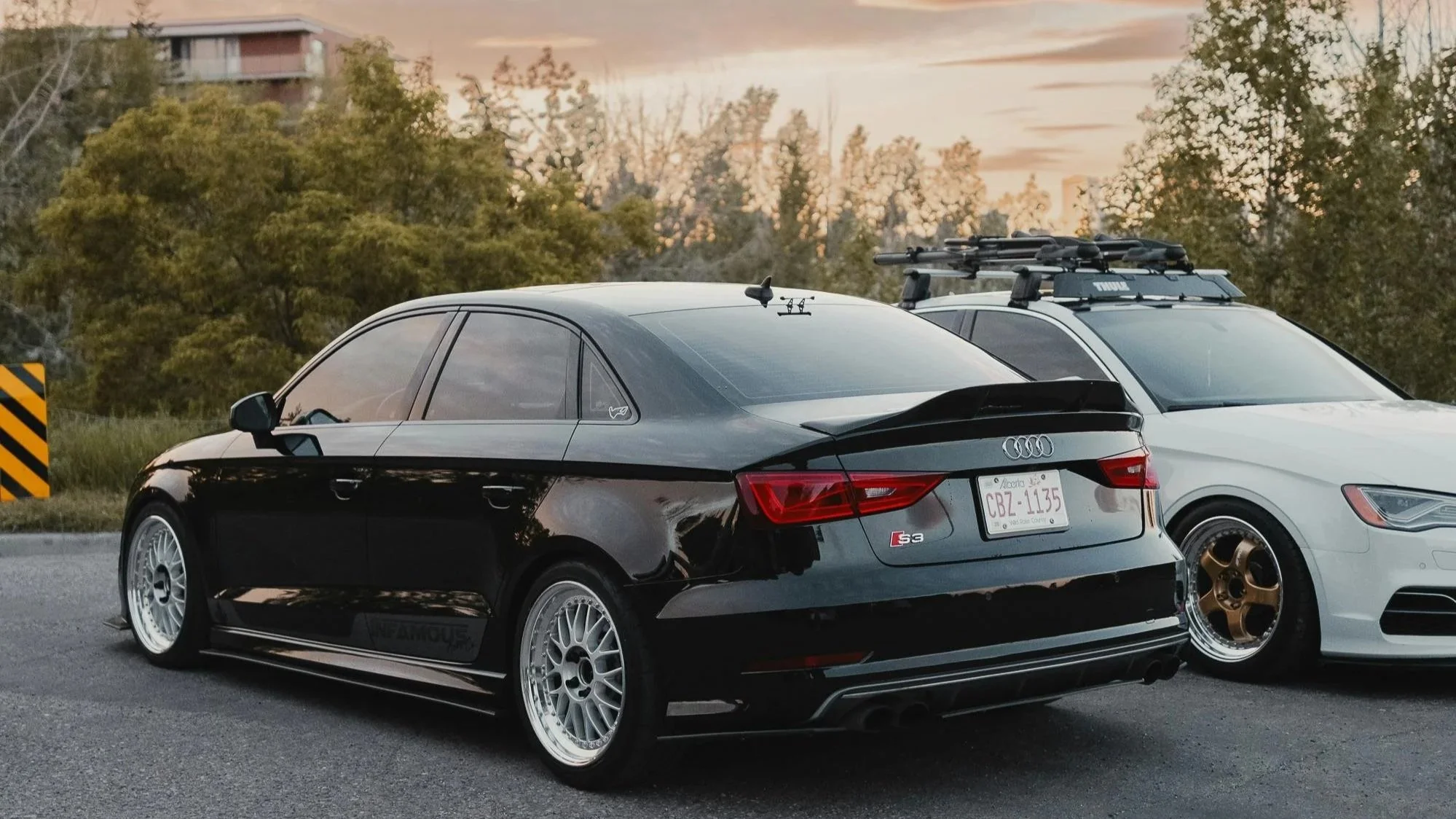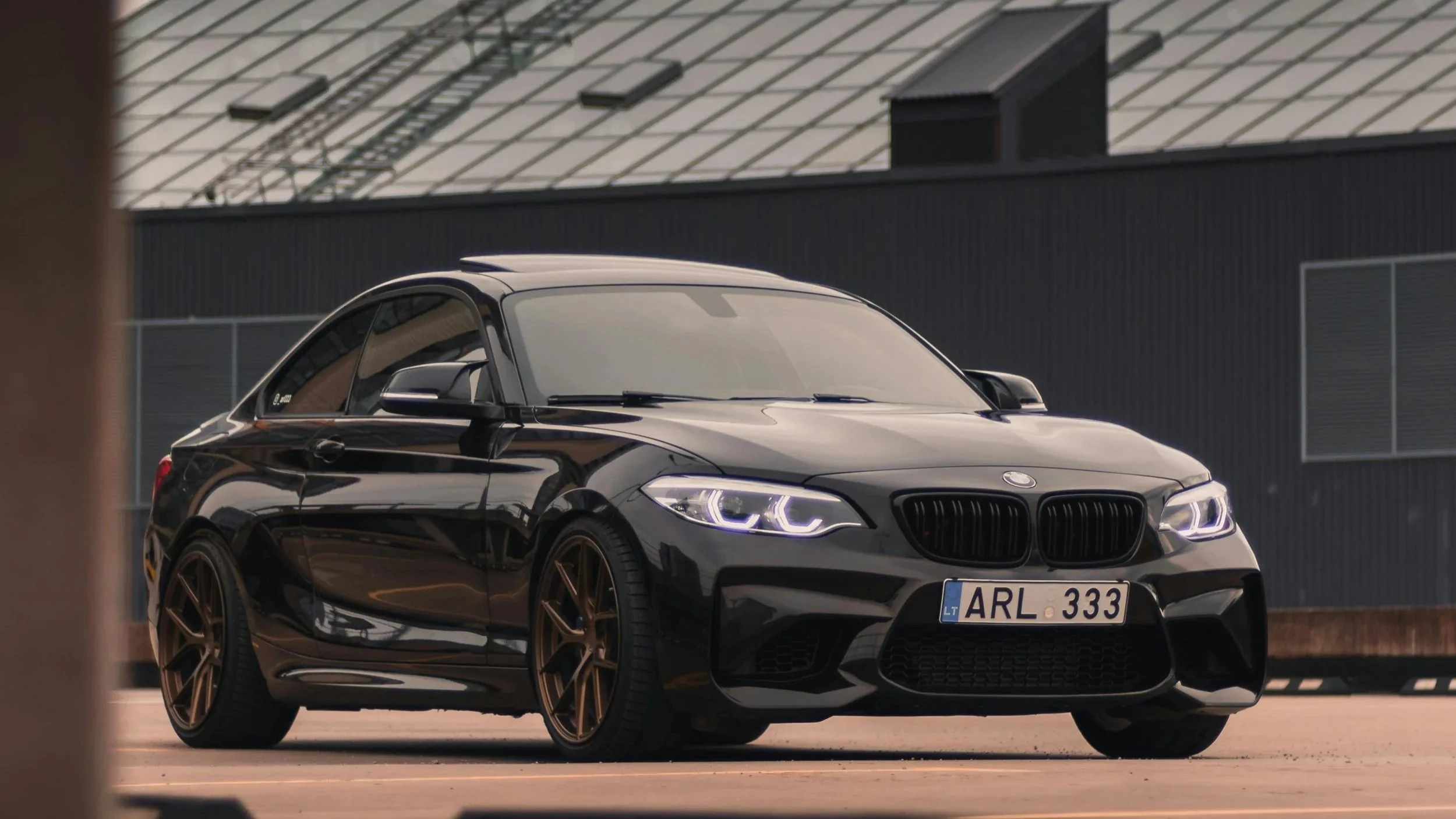How Window Tint Protects Your Car's Interior (And Your Investment)
If you live in Palm Beach, you already know the drill: that blast of suffocating heat that hits you the second you open your car door after it's been parked outside. It’s more than just uncomfortable—it’s slowly, silently destroying your car’s interior.
At Finyl Design, we see window tinting as more than just a sleek aesthetic upgrade; it’s an essential layer of defense against the relentless Florida sun. The heat mitigation benefits are obvious, but the long-term protection it offers to your car's cabin is where the true value lies.
Here’s an honest look at how quality window tint keeps your interior looking new, year after year.
1. The Real Enemy: UV Rays, Not Just Heat
When people talk about sun damage, they usually focus on the heat, but the invisible culprit is Ultraviolet (UV) radiation. These are the same rays that cause sunburn and skin cancer, and they pass right through untreated glass.
The Damage: UV rays break down the chemical bonds in dyes, polymers, and fabrics.
Dashboard: That dull, chalky look on your black dash? That's UV damage, which can eventually lead to cracking and warping.
Seats: The vibrant color of your leather or upholstery will fade and become brittle. With leather, it accelerates cracking and requires constant conditioning just to keep up.
Flooring/Headliner: Even surfaces in the shade are vulnerable. UV rays contribute to the deterioration of carpet fibers and the adhesive holding up your headliner.
The Tint Solution: High-quality window films (especially ceramic films, which we love at Finyl Design) are engineered to block 99% or more of UV rays. Think of it as applying a powerful sunscreen to the inside of your car. By neutralizing the UV rays, the colors stay true, and the materials remain supple for the life of your vehicle.
2. The Internal Thermostat: Reducing Cabin Temperature
We all appreciate walking into a car that isn't an oven. But the extreme internal heat does more than make you sweat; it stresses the materials inside the cabin.
Heat causes expansion and contraction. Over time, this constant cycle weakens adhesives and makes plastics and vinyl more susceptible to warping.
The Science: Superior films, particularly those with ceramic or carbon technology, contain particles that actually reject the solar infrared (IR) heat energy before it enters your car. This means:
Lower Peak Temperatures: Your interior won't reach those scorching, material-damaging temperatures.
Faster Cool-Down: Your A/C won't have to work as hard, which saves wear and tear on your vehicle’s climate system and saves you on gas.
This temperature control is perhaps the most immediate and satisfying benefit for any driver in the Palm Beach area.
3. A Barrier for Delicate Electronics
Modern cars are packed with technology: large touchscreens, navigation systems, charging pads, and complex speaker systems. These components are expensive to replace and are highly sensitive to heat.
The Risk: Prolonged exposure to extreme heat can degrade battery life, cause digital displays to "bleed" or malfunction, and even shorten the lifespan of sensitive microchips.
Window tint acts as a thermal buffer, stabilizing the internal temperature and protecting that costly tech embedded in your dash and consoles.
The Finyl Design Difference
Don't settle for cheap, dyed film that fades to purple and bubbles after a year. That type of film offers minimal heat and UV protection and will ultimately cost you more to remove and replace.
At Finyl Design in Palm Beach, we invest in cutting-edge films designed to withstand the harsh South Florida climate. When you choose a quality install, you’re not just getting a darker window; you’re investing in the longevity and resale value of your vehicle.
Ready to protect your investment from the Florida sun?


